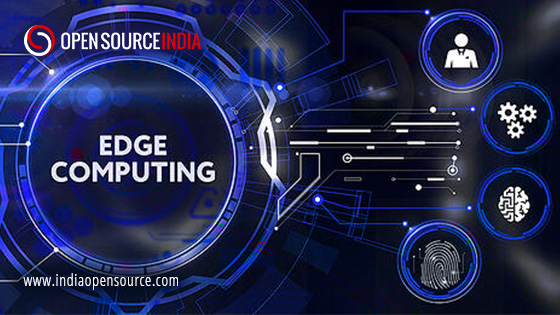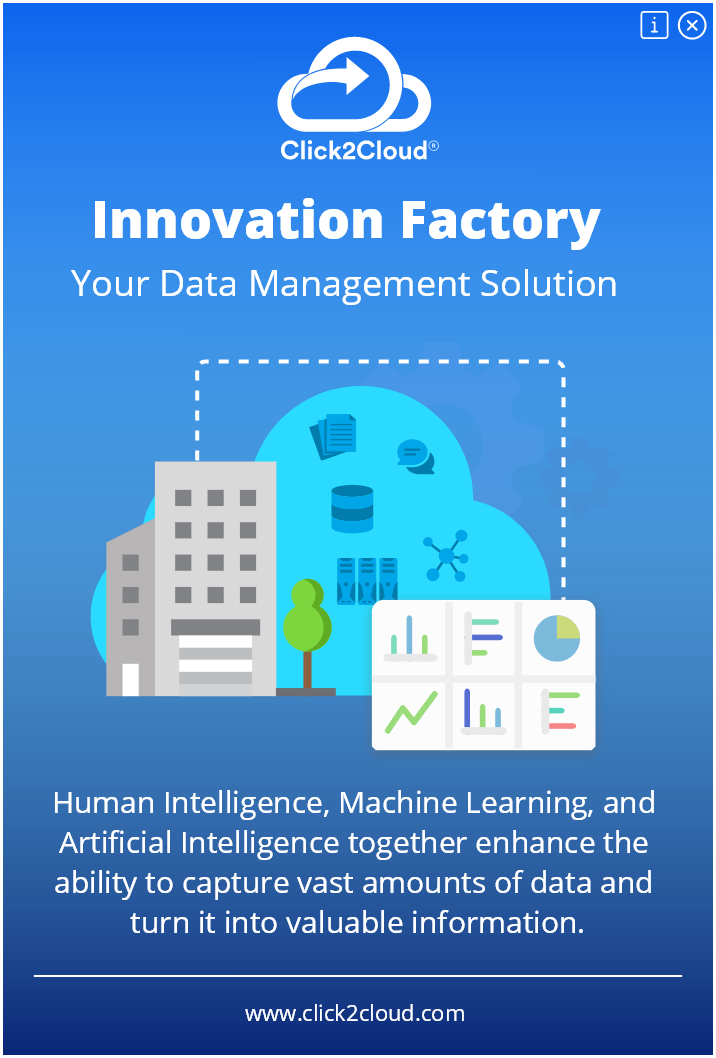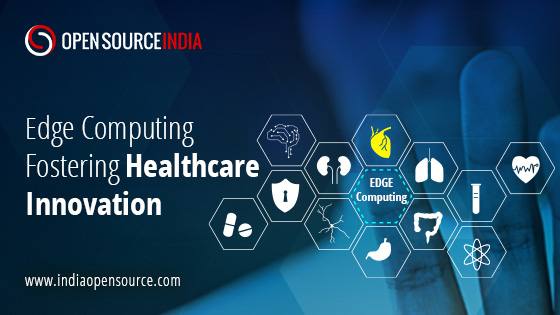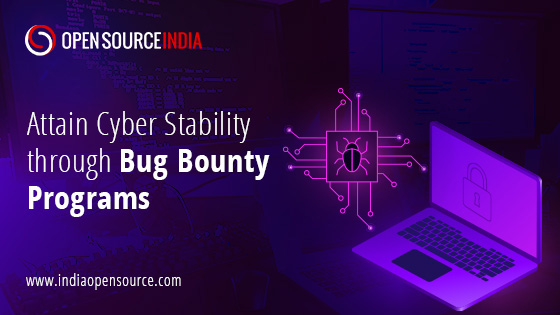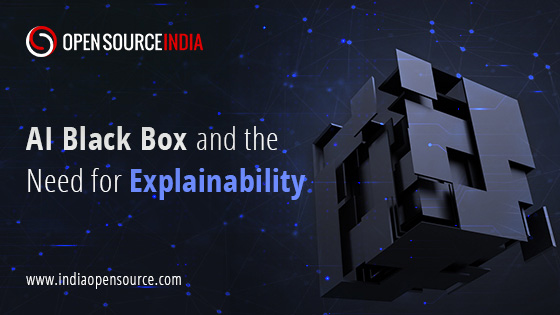Computing has been evolving continuously to generate efficient outputs, make processing faster, and avoid downtimes in industries. The transition of data is the most crucial part of any computing system. This data transmission should be fast with the lowest latency to generate greater outputs of computing.
With the continuous increase in the amount of data produced, analyzed, and stored, the traditional ways of computing cannot justify the industrial needs. The cloud computing paradigm has enormous capabilities but some limitations like latency, network outages, and downtime avert computation from showing its full potential.
Edge computing is one such computing paradigm that is followed to reduce latency, improve security and privacy and reduce the usage of bandwidth for seamless operations. By deploying edge computing, organizations can withdraw the complete benefits of data centers.
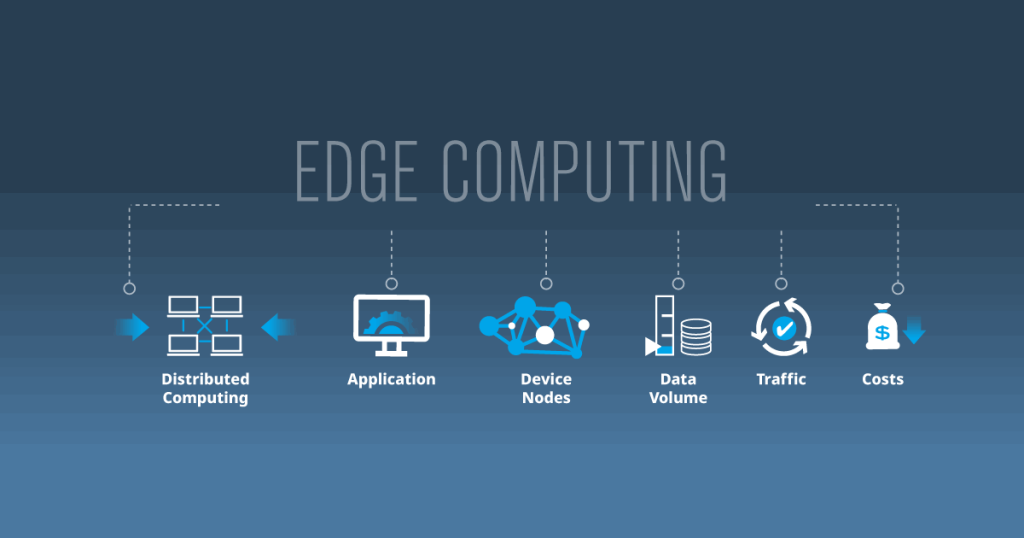
What is Edge Computing?
Edge computing is a paradigm of computing where the data analysis is brought closer to the network nodes to reduce latency by reducing the transmission of raw data that is unnecessary or can be computed at the data source. When cloud computing is used, data generated at remote devices is collected and sent to the cloud for computation. To make the overall process easier, instead of computing the real data over the cloud, the data is initially computed at the edge of the data, i.e. at the source or near the source of data. The computation of data near the edge results in real-time responsiveness and controls data transmission.
In layman’s terms, edge computing shifts the data processing from the cloud to the device end such as machines, IoT devices, users’ computers, and edge servers.
Edge computing provides an effective alternative to cloud computing where data is processed and analyzed closer to the source of creation. Latency is significantly reduced as data does not have to travel across a network to a cloud or data center to be processed. In-device computing is becoming more powerful, and edge computing uses this to deliver deep insights and predictive analysis in almost real-time. Edge devices’ improved analytics capacity can fuel innovation to raise the value and improve quality.
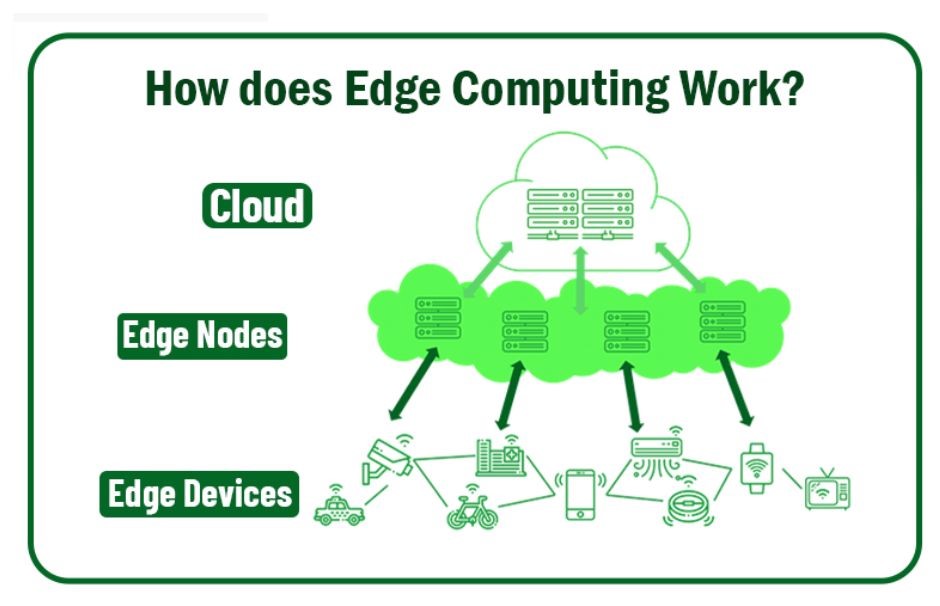
How does Edge Computing work?
Although the edge’s physical architecture can be complex, the fundamental concept is that end devices link to neighboring edge modules for faster processing and seamless operations. End devices like IoT sensors, a worker’s laptop or smartphone, security cameras, or even the internet-connected microwave can be connected to edge computing modules where the data is processed and analyzed at or near the device and only the output of data analysis is sent to data centers.
Benefits of Edge Computing
The architectures needed to do computing tasks must be appropriate for those tasks, and not all computing tasks require the same architecture. To bring compute and storage resources closer to the data source, edge computing has emerged as a practical and significant architecture. In general, distributed computing models are not particularly novel, and the ideas of remote offices, branch offices, colocation of data centers, and cloud computing are well-established and have a long history. Because it effectively addresses new network issues related to transferring the massive volumes of data that today’s businesses generate and consume, edge computing has gained importance.
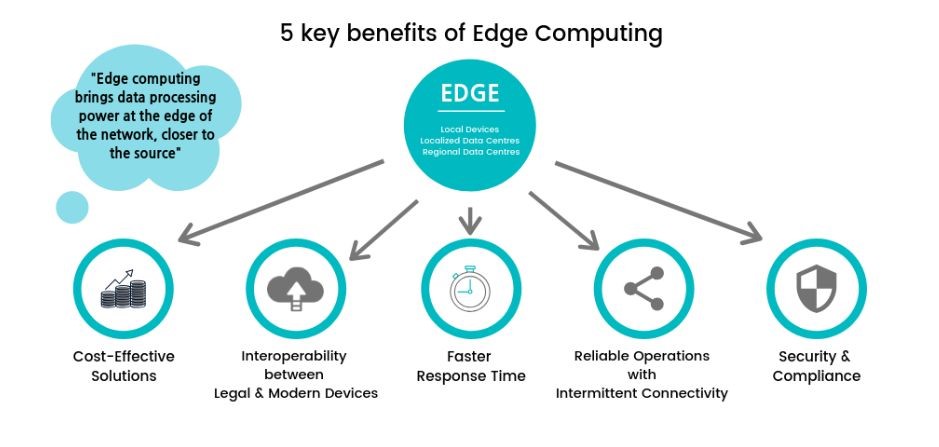
Some major benefits of edge computing are
Cost Efficiency
By processing computation closer to the edges of the network, edge computing can reduce the bandwidth use and server resources. To support digitalization across industries, there’s a prediction that by 2025, more than 75 billion IoT devices will be installed globally. Deploying edge computing in IoT can show enormous possibilities. Managing this massive amount of resources is only possible when industries cut down costs wherever possible.
Managing data at the edges will also require fewer resources on the data center side which can save the cost of scalability when data to be stored is multiplied with time.
Latency
One of the major reasons for the adaption of edge computing is the low latency it provides. By processing data from the nodes of the network, there is no latency in data transmission. This results in near-nodes data computation and provides almost real-time data insights. It makes data analysis and decision-making almost real-time. Edge computing can significantly enhance the deployment of AIoT due to its low latency feature.
Bandwidth
The same concept follows for bandwidth. Bandwidth is the capacity of the network to transfer the data. Every network has a limit on transferring data at one time and the larger amount of data transmission needs greater bandwidth. The bandwidth of the network can be increased, it has a significant impact on cost. Edge computing requires lesser bandwidth comparatively.
Higher Security
Edge computing does not send the entire information to the cloud, which saves the data being stored at the source from security vulnerabilities even if hackers get access to the cloud.
Scalability
It is easier and more cost-effective to scale devices at the edge of the network than to scale the entire cloud. Only those nodes that need more storage can be scaled in edge computing which saves a significant cost compared to scaling the cloud capacity.
Pitfalls of edge computing
Edge computing also has disadvantages over other computing systems. It is important to keep in mind the pitfalls of edge computing before analyzing edge computing vs cloud computing. These disadvantages are
Security
Although, edge computing does provide security from cloud security vulnerabilities, storing and computing data at the edge increases security vulnerabilities at the data source end.
Data Loss
There is a risk of data loss at the edge of the network if critical data is not transmitted to the cloud.
Infrastructure Cost
Computing at every edge of the network requires dedicated infrastructure resources at every network. Not only cost but maintaining the resources at every edge and scaling the resources wherever requires adds up to the network maintenance efforts.
Edge Computing market is showing an enormous shift in computing and has several benefits over cloud computing. Gartner predicted, that 75% of businesses will shift to edge computing solutions by 2025 due to its significant potential for providing near-real-time data insights.




